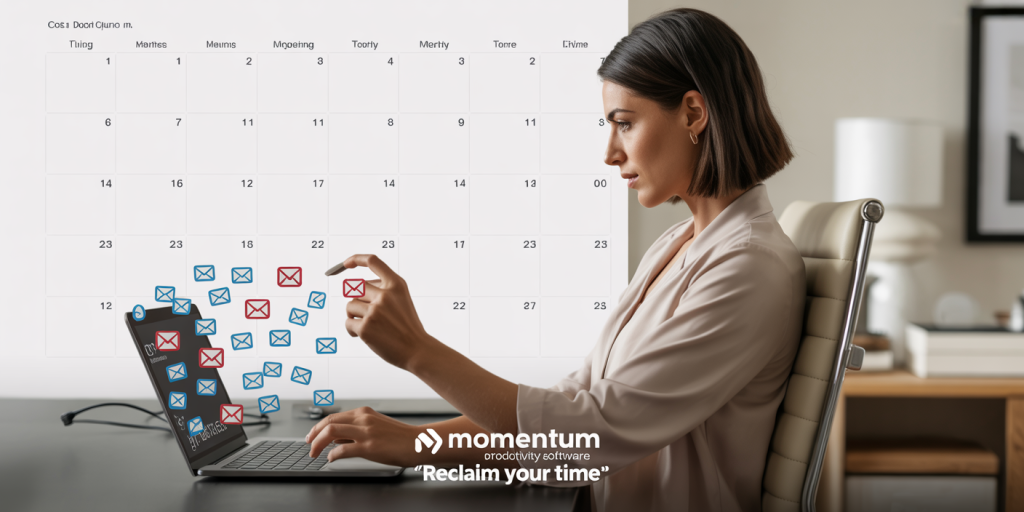The Power of Saying No: How to Create Space for What Matters
In today’s fast-paced, hyper-connected world, the ability to say no has become a critical skill for maintaining focus, protecting mental health, and enhancing productivity. While the word “no” may seem simple, its power lies in its capacity to create space—space for priorities, goals, and meaningful connections. Many people struggle to say no, fearing rejection, conflict, or missed opportunities. However, embracing the power of no can transform your personal and professional life, enabling you to reclaim time and energy for what truly matters.
Research from the University of California, Los Angeles, shows that individuals who set clear boundaries and decline non-essential requests experience less stress and higher satisfaction in both work and life domains. This article explores why saying no is essential, practical strategies for mastering this art, common obstacles, and how saying no leads to greater success and wellbeing.
Understanding the Importance of Saying No
Saying no is often misunderstood as a negative or selfish act. However, it is fundamentally about prioritization and protecting your resources—whether time, energy, or attention. The average professional receives dozens of requests daily, from meetings and emails to favor asks and social invitations. Without the ability to decline, these demands accumulate, leading to overwhelm and burnout.

For example, Sheryl Sandberg, COO of Facebook, once emphasized in an interview: “You can have it all, just not all at once.” This underscores the crucial balance between opportunities and limitations. When you say no to certain tasks, you say yes to others that align better with your values and goals. Per a survey by Harvard Business Review, professionals who regularly say no report up to a 30% improvement in task completion and overall job performance.
In essence, saying no is a tactical decision that empowers focus and control. It drives intentional living and working rather than reactionary behavior based on external demands.
Psychological Barriers to Saying No
Though beneficial, many find it difficult to say no due to psychological and social conditioning. A major barrier is the fear of disappointing others or facing conflict. According to a study published in the Journal of Applied Psychology, 65% of people admitted avoiding saying no to maintain harmony, often at their own expense.

Another common hurdle is the “fear of missing out” (FOMO), where declining invitations or opportunities is associated with potential loss. Social media exacerbates this by showcasing highlights of others’ engagements, pressuring individuals into constant participation.
Additionally, perfectionism and overcommitment habits create a mindset where saying no equates to failure or inadequacy. For instance, in corporate settings, employees may say yes to extra projects hoping to demonstrate ambition, yet the resulting exhaustion undermines long-term goals.
Understanding these barriers is crucial for overcoming them. Techniques such as cognitive reframing—viewing no not as rejection but as self-respect—and assertive communication training can build confidence and resilience.
Practical Strategies for Mastering the Art of Saying No
Mastering no requires deliberate practice and clear strategies. The following are proven tactics to help individuals say no effectively while maintaining relationships and professionalism:
1. Assess Your Priorities: Define what matters most in your personal and professional life. Use tools like Eisenhower’s Urgent-Important Matrix to categorize tasks. If a request isn’t urgent or important, it’s a prime candidate for no.
2. Use Polite But Firm Language: Phrases like “I appreciate the offer, but I can’t commit at this time” help convey refusal without sounding dismissive. Practicing “no scripts” ensures preparedness and reduces anxiety in real scenarios.
3. Offer Alternatives When Appropriate: If outright refusal feels too harsh, suggest another time or person better suited for the request. This illustrates cooperation without overextension.
4. Set Boundaries Clearly: Establish limits on your availability by communicating working hours or personal time explicitly. This reduces ambiguous expectations that lead to unwanted yeses.
For example, Arianna Huffington, founder of The Huffington Post, addresses how she uses scheduled time blocks and unavailability windows to say no to non-critical engagements, thereby preserving mental health.
| Strategy | Description | Example |
|---|---|---|
| Prioritize | Evaluate importance before accepting | Using a task matrix to decide |
| Polite, firm language | Communicate refusal respectfully | “Thanks, but I won’t be able to help” |
| Offer alternatives | Suggest other options to soften the no | “I can’t attend, but John might be able” |
| Set clear boundaries | Define personal limits for work/life balance | No calls after 7 PM or weekends |
These strategies, when applied consistently, help cultivate an environment where no is accepted and respected.
Case Studies: Real-World Impacts of Saying No
Examining real cases reveals how saying no can lead to notable positive changes. Consider the example of Bill Gates during Microsoft’s formative years. Gates is known for his rigorous focus on key projects and reportedly declined or delegated many opportunities to maintain that focus. This discipline contributed to Microsoft’s dominant success in the software industry.
Similarly, Oprah Winfrey credits part of her career’s success to the ability to say no to projects and events that didn’t align with her vision. By focusing on initiatives aligned with her core values, she amplified her impact and avoided burnout.
A more everyday example is in the healthcare sector: Nurses who set limits on overtime and extra shifts are less prone to burnout and deliver better patient care. Studies in the Journal of Nursing Management indicate that enforcing clear no boundaries improves both staff wellbeing and patient outcomes.
These case studies underscore that saying no is not closed-mindedness but a strategic path to excellence and wellbeing.
The Comparative Effects of Saying Yes vs Saying No
Decision-making impacts not only individual performance but also organizational culture and relationships. The following table compares key outcomes of habitually saying yes versus saying no:
| Aspect | Saying Yes Habitually | Saying No Consistently |
|---|---|---|
| Time Management | Overloaded schedule, rare free time | More focused schedule, dedicated free space |
| Stress Levels | Increased stress, higher burnout rates | Reduced stress, better mental health |
| Quality of Work | Compromised quality due to multitasking | Higher quality due to focus |
| Relationship Dynamics | Potential resentment if overcommitted | Clearer expectations, stronger respect |
| Career Advancement | Risk of stagnation via dilution of efforts | Accelerated growth through strategic focus |
As data from Workfront’s 2022 Productivity Report shows, 60% of workers who set boundaries by saying no perform better and report greater job satisfaction than those who say yes to everything.
Cultivating a Culture that Values No
Beyond individual practice, promoting an organizational culture that respects the power of no multiplies its benefits. Companies investing in training programs that teach boundary setting see improved employee retention and productivity.

Google, for example, encourages “time blocking” and prioritization frameworks to empower teams to say no to non-essential tasks. Their Project Aristotle study found psychological safety, including the freedom to decline, increased team effectiveness significantly.
Leaders play a critical role by modeling saying no without guilt and celebrating focused achievements. Transparent communication channels and realistic workload management also reduce pressure to say yes unnecessarily.
Organizations fostering this culture not only protect employee wellbeing but enhance innovation by allowing focused creativity instead of diffusion.
Looking Ahead: Future Perspectives on Saying No
The trend toward remote work and flexible schedules in the post-pandemic era has heightened awareness of the need for personal boundaries. As digital communication grows, so do demands on time, making saying no more important than ever.
Emerging tools leveraging AI to manage and filter requests, such as smart email triagers and meeting schedulers, support saying no strategically. These technologies empower users to automate declines or defer low-priority items, thus optimizing decision-making bandwidth.
On a societal level, there is increasing advocacy for mental health awareness linked directly to boundary setting and saying no. Campaigns from organizations like the American Psychological Association underscore that no is a critical aspect of resilience.
As work-life integration evolves, training on assertiveness and no-saying will likely become core components of both educational curricula and corporate development programs. The power of no will be reframed not as rejection, but as essential to thriving in complexity.
Mastering the ability to say no is not just an individual challenge but a transformative approach to designing a life and work environment aligned with your deepest values and goals. With the right mindset, strategies, and support structures, saying no becomes a powerful tool to create the space for what truly matters.
